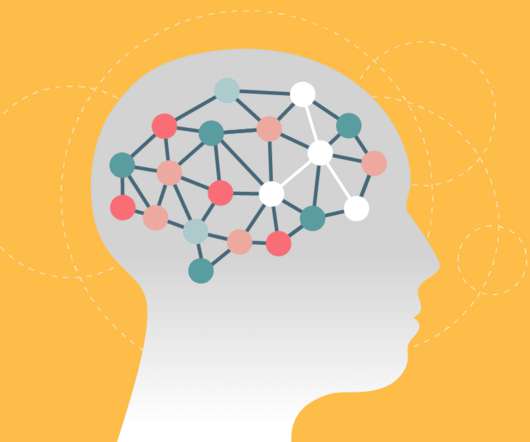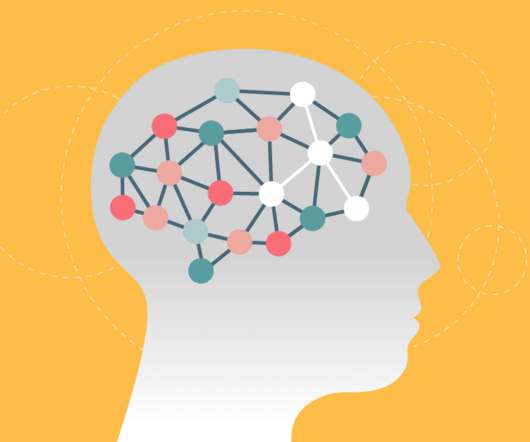Tips and Strategies to Convert Your Outdated eLearning Content to Highly Engaging Training
EI Design
MARCH 11, 2020
Facilitate better application of acquired learning. Achieve higher levels of learning transference. When it comes to assignments, tests, and assessments, most legacy eLearning content focused on static learning, where “one and done” rules prevailed. These disruptions prevent them from carving out time for learning.
















Let's personalize your content